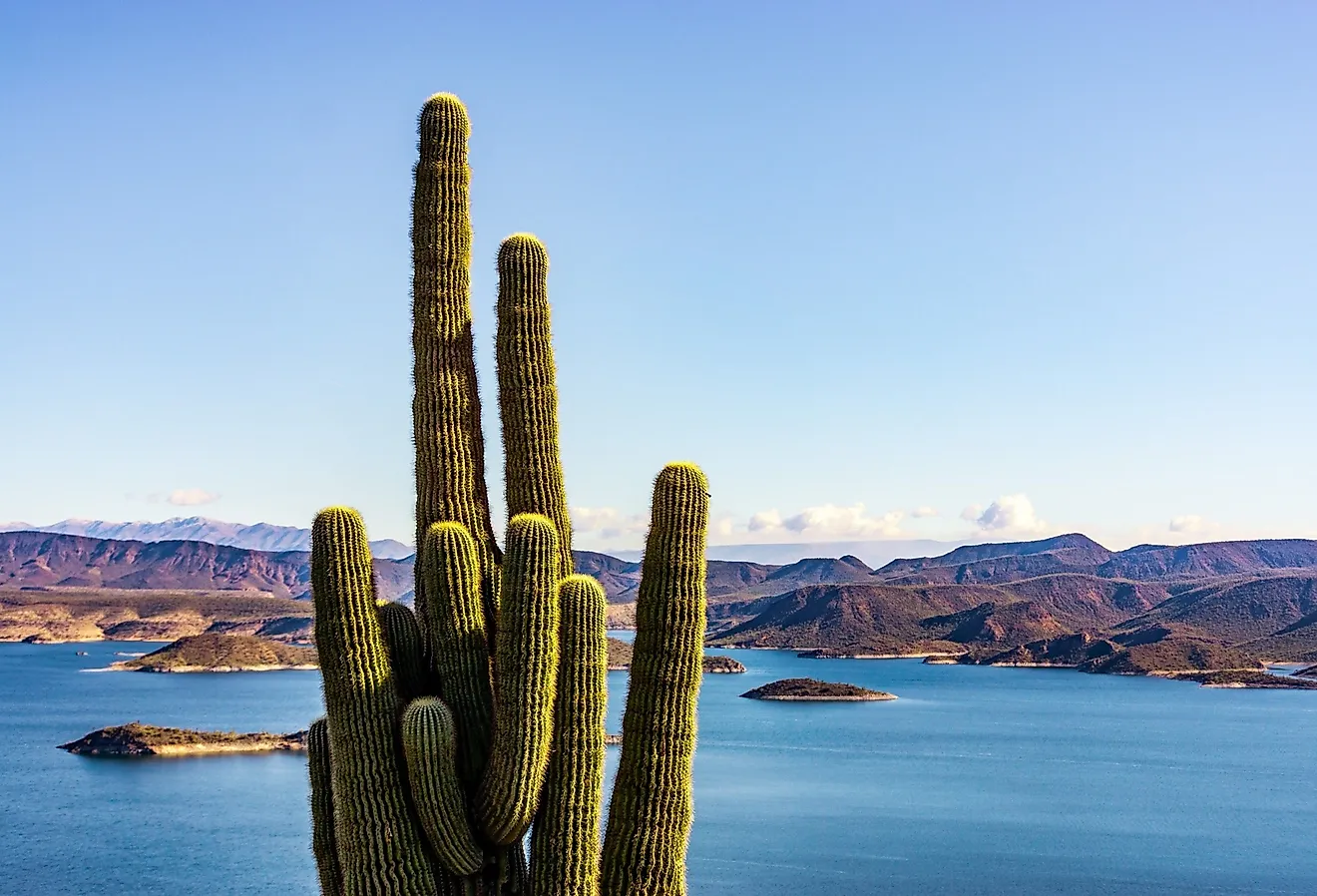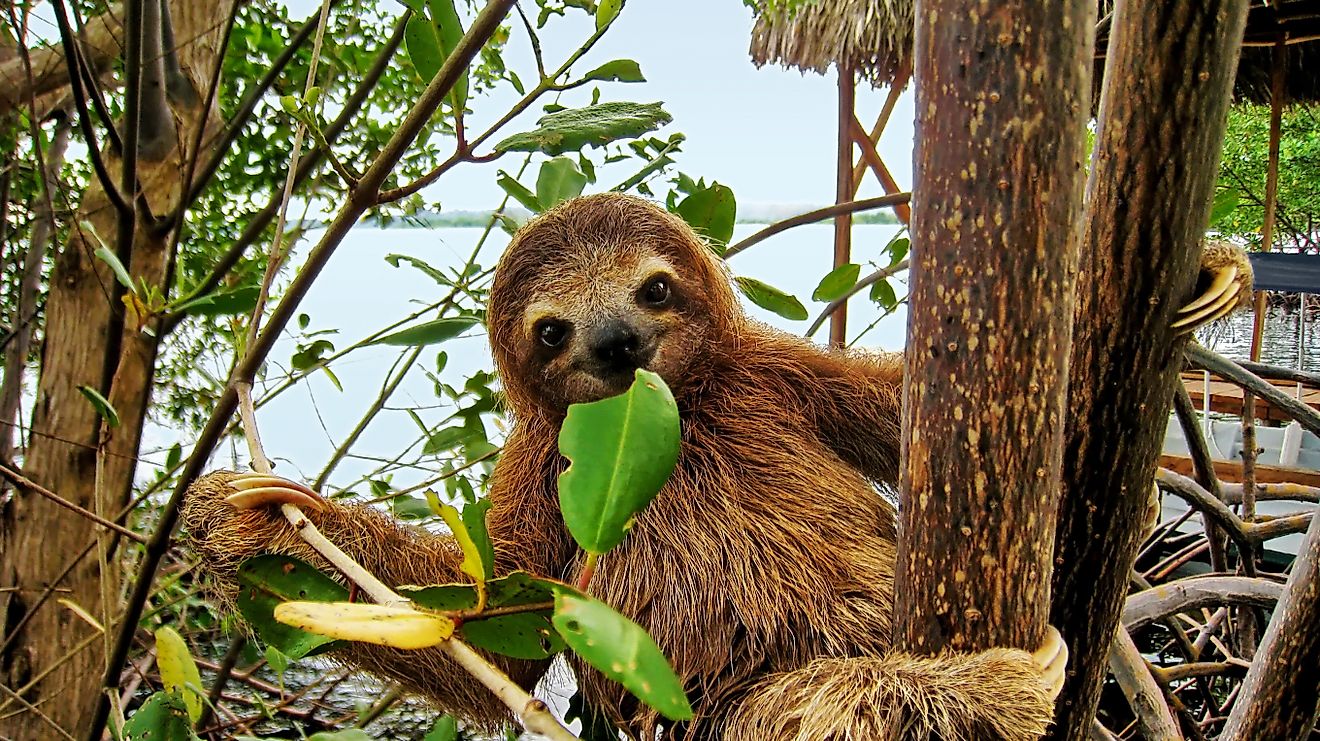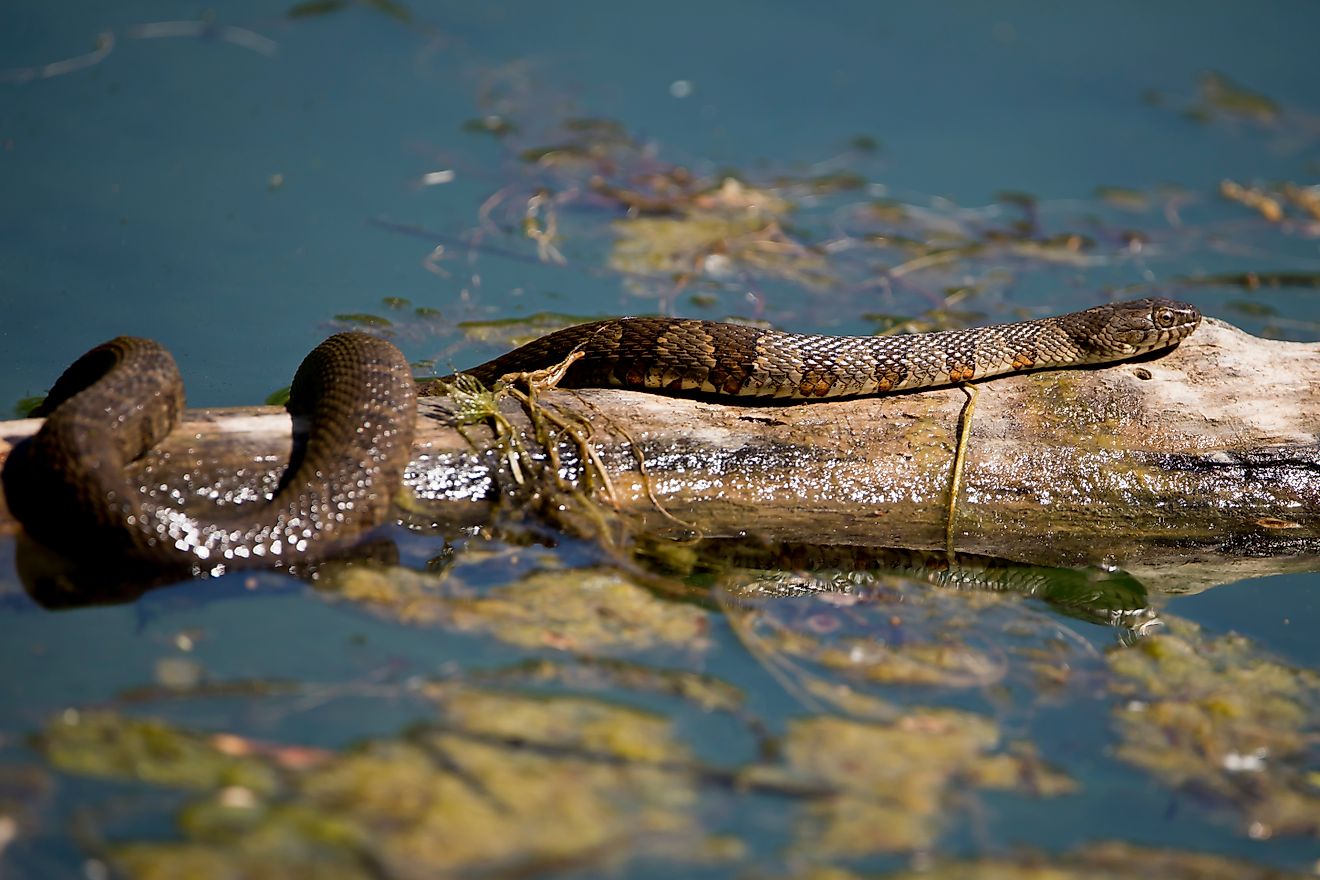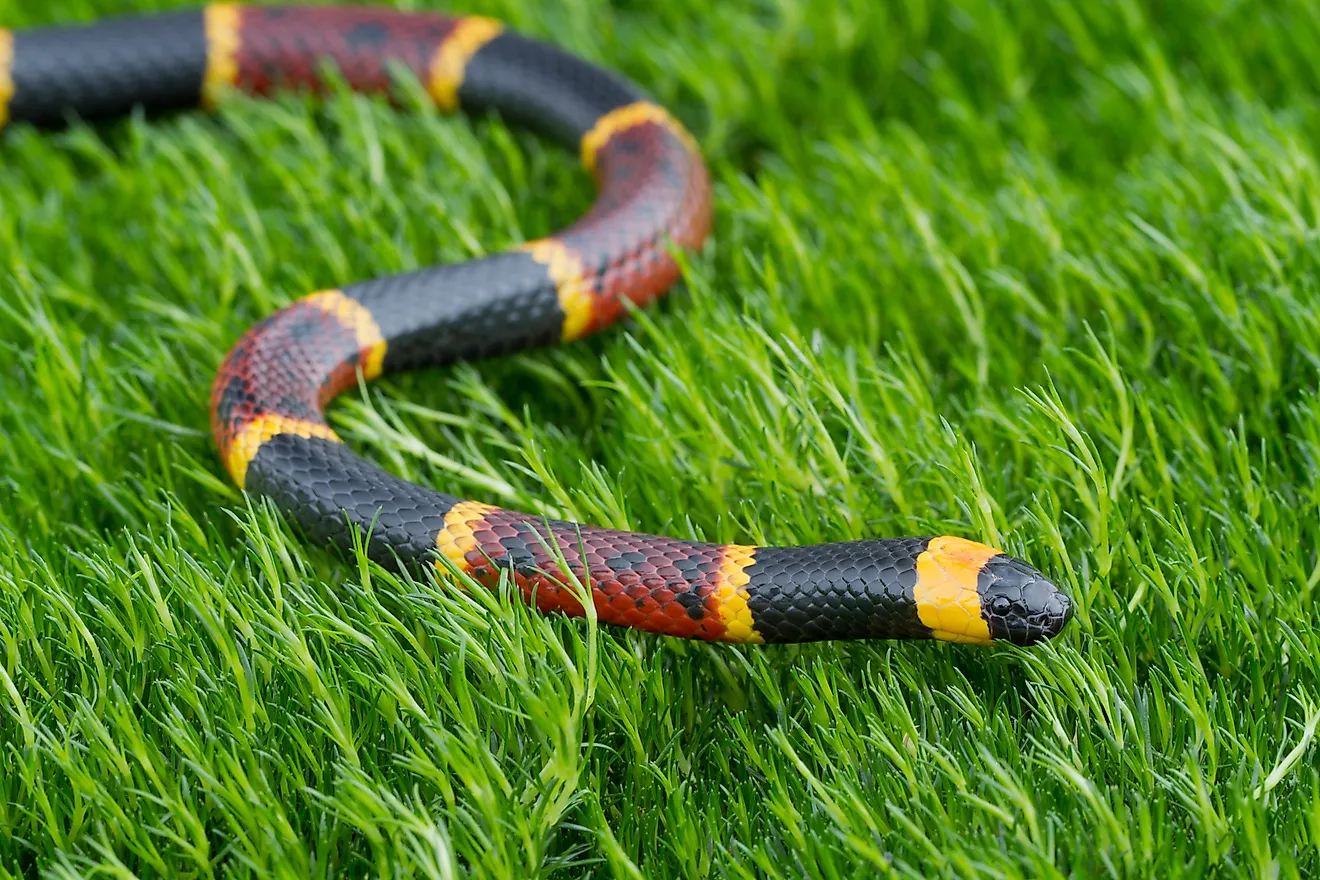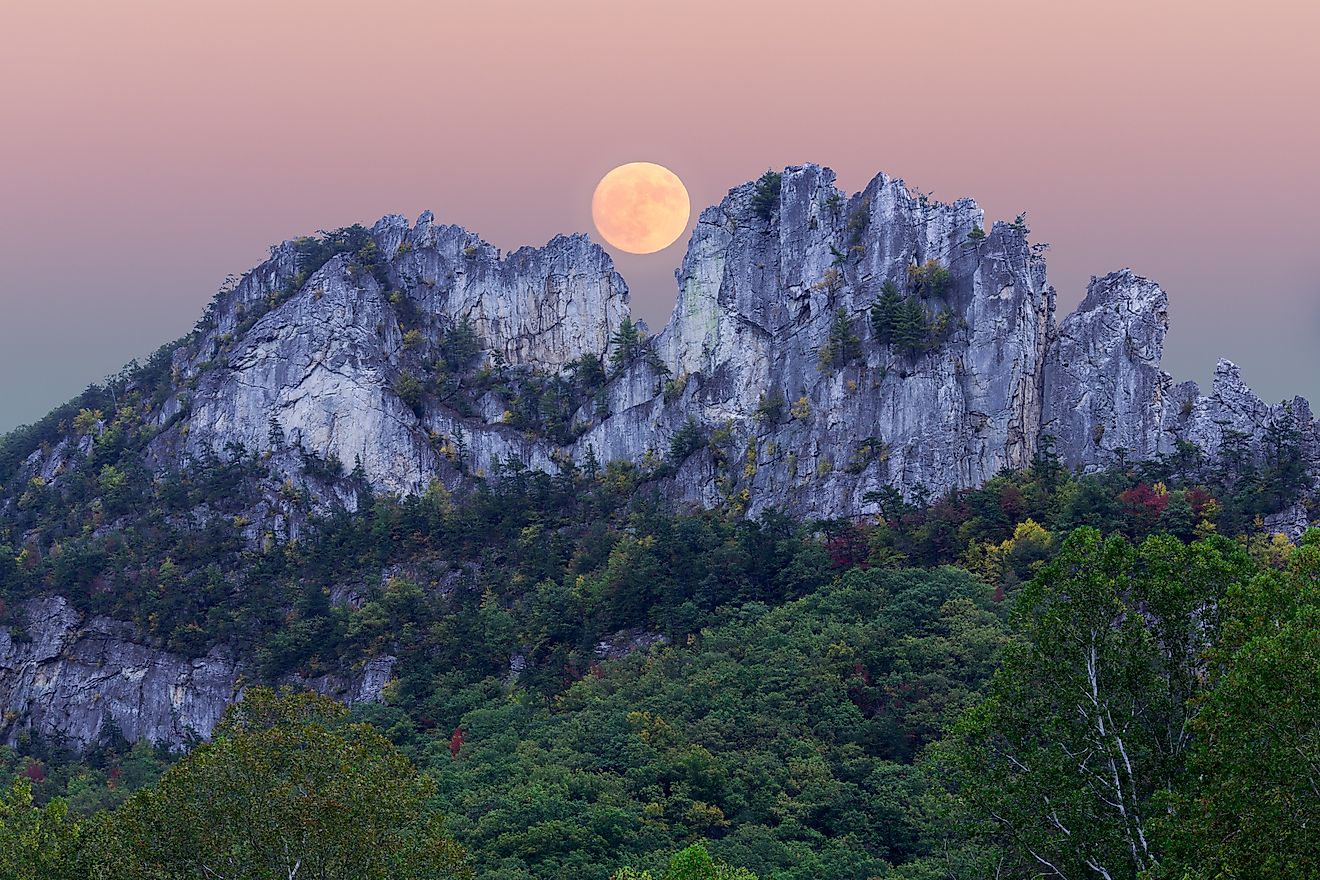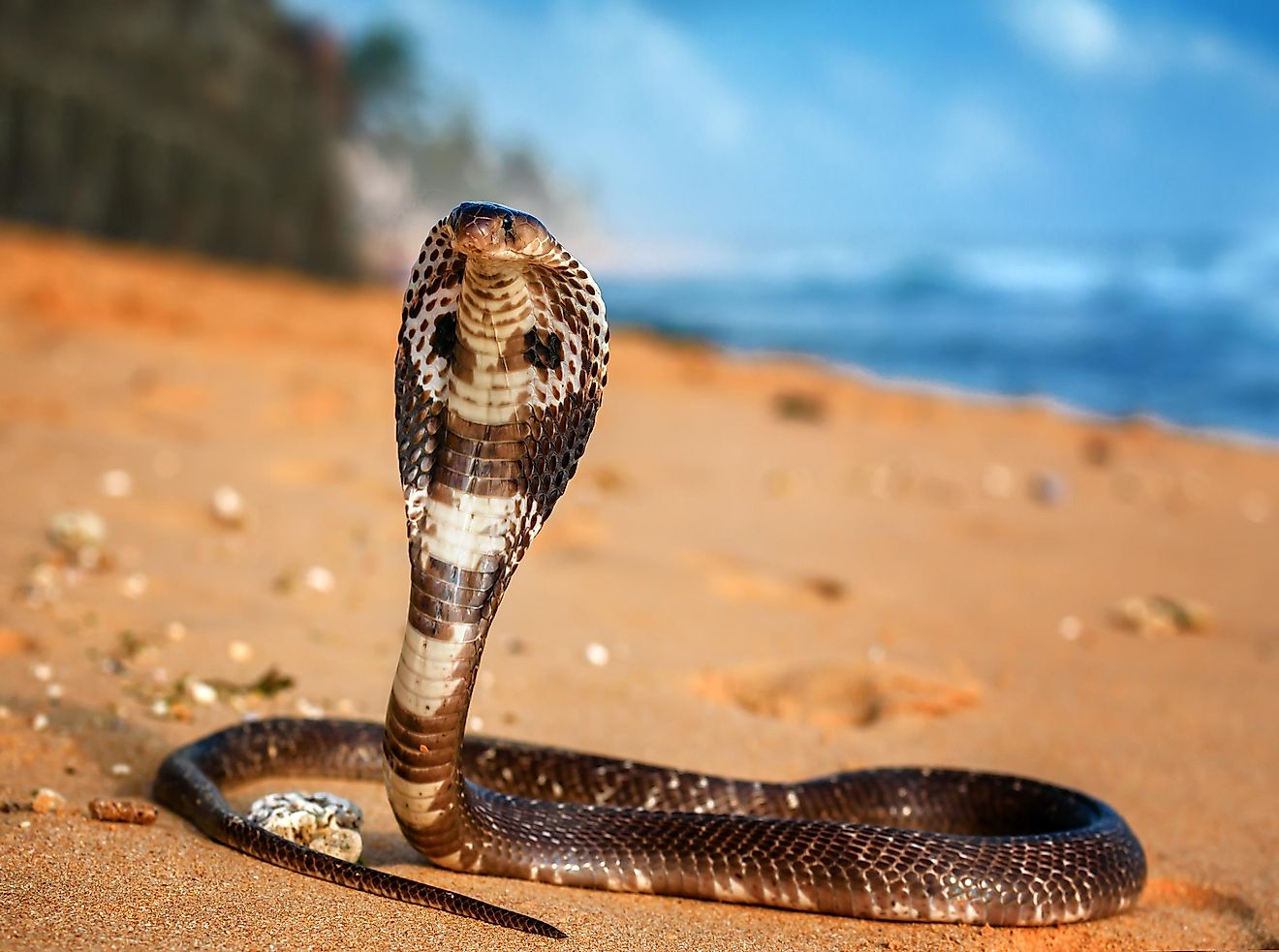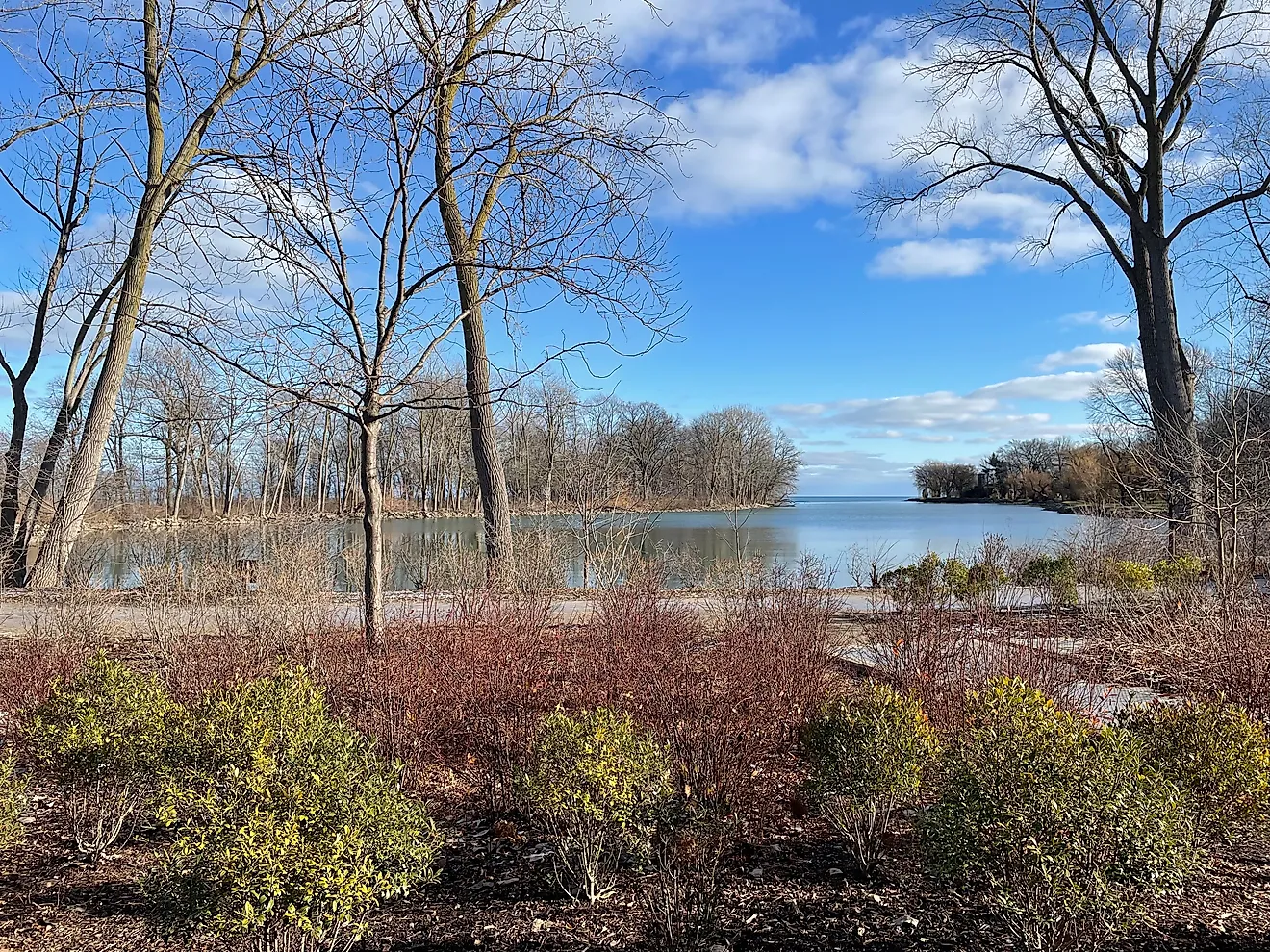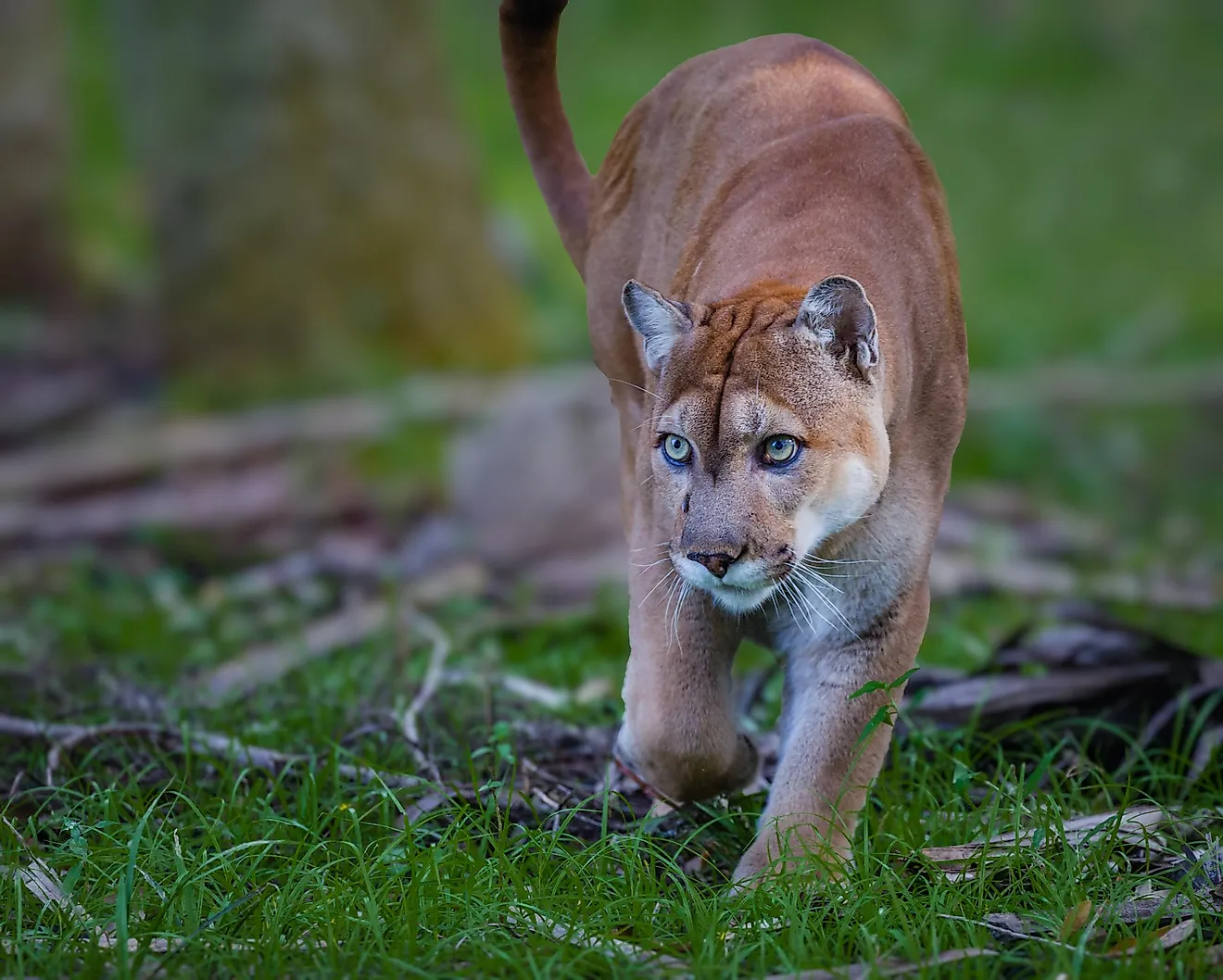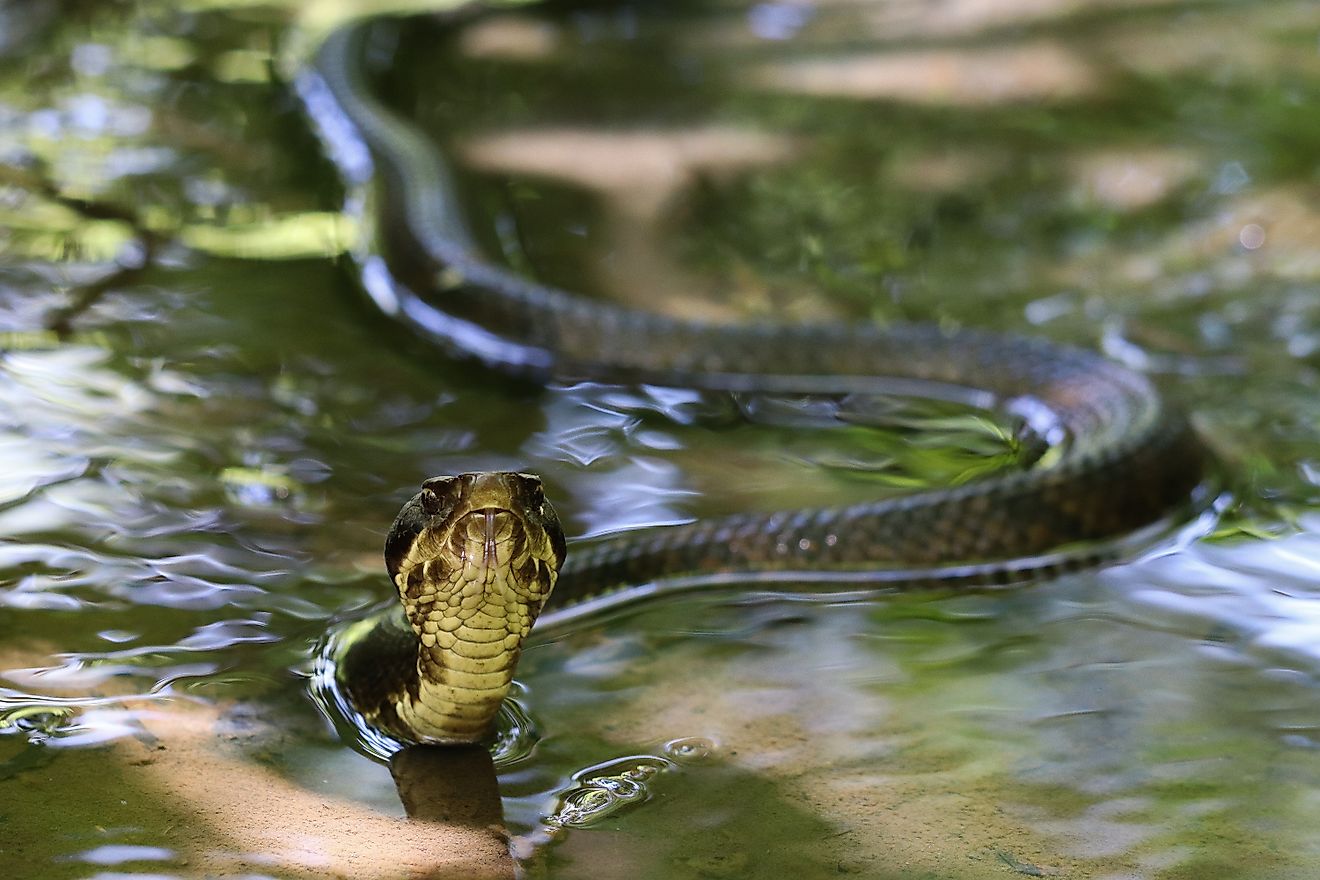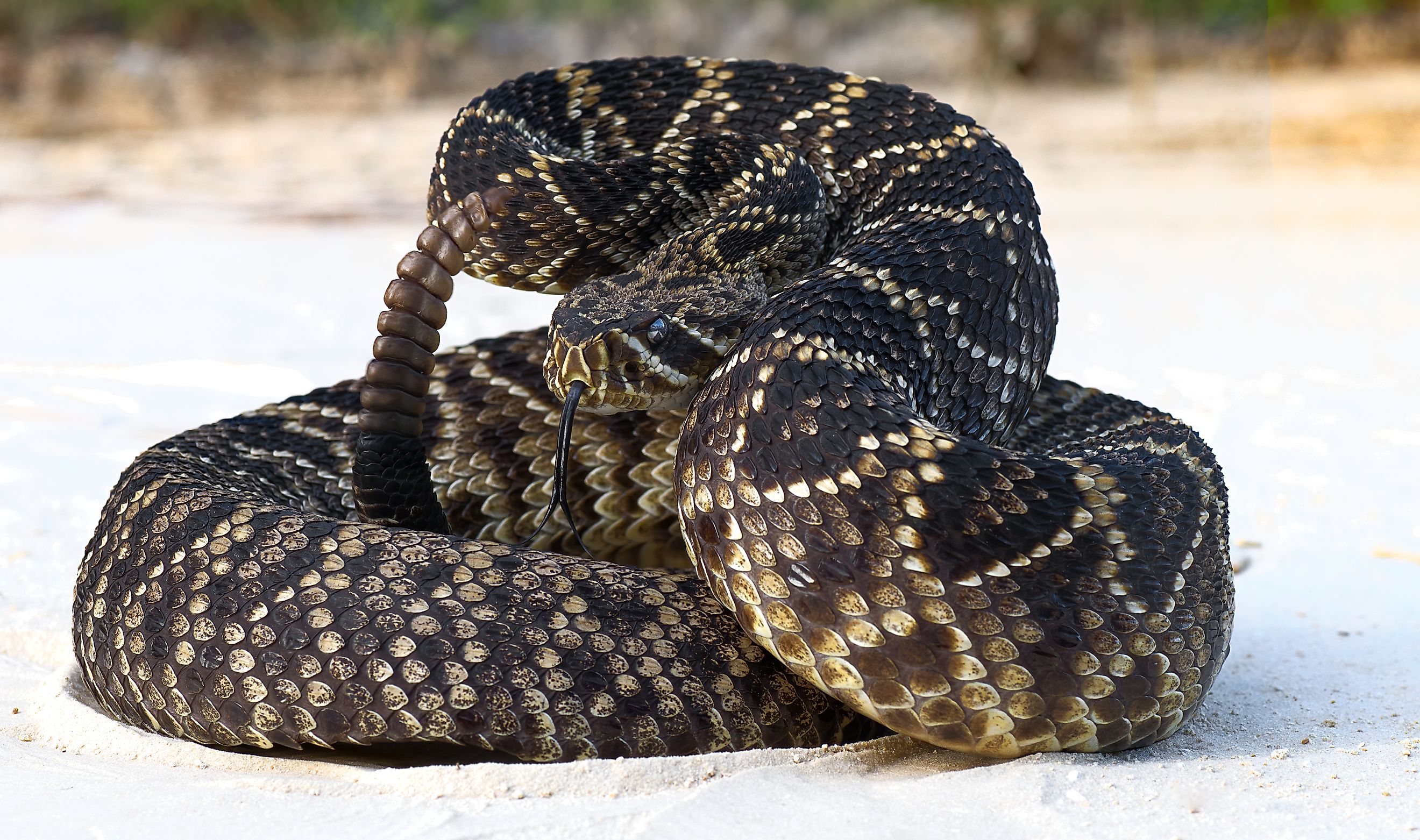
Are There Rattlesnakes In The Everglades?
Snakes love the Florida Everglades. Millions of acres of lush, protected wilderness provide ample opportunities for breeding, feeding, and hiding from native and invasive predators. There are 23 known species of snakes that slither and swim in this part of the southern Sunshine State; four of which are venomous, and two of which are rattlesnakes. The dusky pygmy rattlesnake and eastern diamondback rattlesnake are both common in and around Everglades National Park. So let's meet these two audible serpents and find out more about the invaluable, yet vulnerable ecosystem they depend on.
Dusky Pygmy Rattlesnake
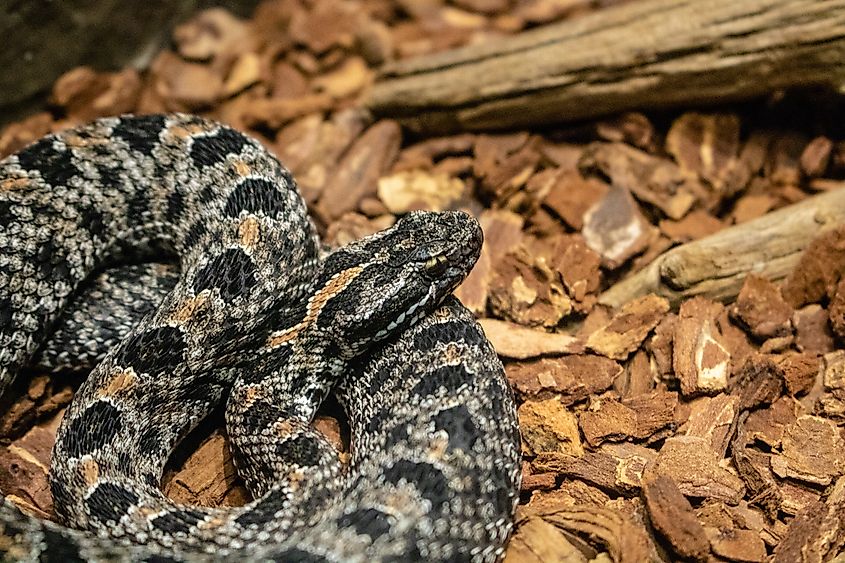
As its name suggests, the dusky pygmy rattlesnake (Sistrurus miliarius barbouri), or simply, pygmy rattlesnake, is relatively small. This member of the viperidae family only tends to reach one to two feet in length, making it the smallest venomous snake in Florida. With that said, it is thick for its size. Look for the black and charcoal blotches overlaying a light to dark-gray body in conjunction with its characteristic reddish-brown or orange stripe that lines the middle of its back. The dusky pygmy rattlesnake is sometimes mistaken for the harmless eastern hog-nosed snake (or vice versa) - another resident of the Everglades.
The dusky pygmy rattlesnake is native to the Everglades and is common not only throughout Florida but much of the southeastern United States. In fact, this little fellow has been documented in every county in Florida. The one exception is its absence from the Florida Keys. However, it has been spotted on some of the barrier islands.
Pygmy rattlesnakes seek lowland pine flatwoods, hydric hammocks, and borders of marshes, cypress swamps, lakes, and ponds. They like to lay low in logs, stumps, and animal burrows. This helps them to avoid interactions with humans and dodge such predators as raptors, carnivorous mammals, and other snakes. These stealthy locations also aid in ambush hunting - a preferred but non-exclusive tactic. Pygmy rattlesnakes will also use their facial, heat-seeking pits, in conjunction with scent trails, to stalk prey (i.e., arthropods, amphibians, lizards, small snakes, and sometimes small mammals). Juveniles have an additional trick up their sleeve (or rather, tail). Early in life, pygmy rattlesnakes have a bright yellow rattle, which they wave about like an insect to lure frogs and lizards.
Speaking of insects, because dusky pygmy rattlesnakes are so small, their rattle doesn't reverberate the quintessential Western movie sound byte but rather a light bug-like buzzing. As such, it can be difficult to hear their warning alarm unless you're within a few feet. Thankfully, though bites can be painful, the dose and potency of venom delivered by its striking fangs do not pose a serious risk to most adults and larger pets. In fact, there has not been a single recorded human fatality attributed to the dusky pygmy rattlesnake. With that said, it is always best (for both parties) to leave snakes alone and seek medical attention if bitten.
Finally, dusky pygmy rattlesnakes are both fruitful and long-lived. Females typically give birth to anywhere from one to 14 live young (with an average of six per litter) between July and August. If all goes well, they can live for upwards of 20 years.
Eastern Diamondback Rattlesnake
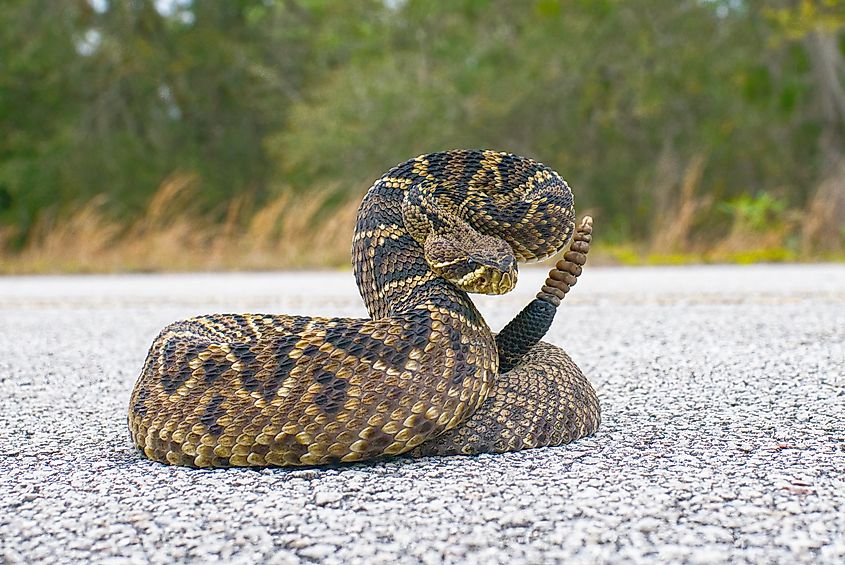
In stark contrast to the dusky pygmy rattlesnake, the eastern diamondback rattlesnake (Crotalus adamanteus) is the largest (i.e., longest and heaviest) venomous snake in North America. It averages between three and six feet in length but can reach as long as eight. It also has a hefty body and large head, bringing its weight to around ten pounds. Unlike its pygmy peer, the eastern diamondback is highly venomous - able to inflict serious harm upon humans by administering a large dose of a potent hemotoxin, which causes tissue damage and kills red blood cells. Though potentially deadly, the widespread availability of antivenom has helped keep human fatalities to a minimum.
Along with heeding the distinctive rattle warning, be on the lookout for the dark diamond patterns (after which this snake takes its name) that cover a blackish-gray, olive-green, or muddy-gray body. Get close enough (which is not advised!), and you will also be able to make out black bands that streak across both eye areas, as well as a substantial rattle that differs in color from the rest of the body (typically brown or gray with dark rings).
Eastern diamondbacks mate in late summer/early fall and then give birth to live young (six to 21 on average) six to seven months later. These rattlesnakes lead long (i.e., 20+ years), crepuscular (i.e., most active during the bookends of the day), and mostly solitary lives. Like the pygmy, they lean on ambush tactics to fall prey. They, too, utilize large facial pits to stalk their next meal (anything from marsh rabbits and cottontails to other small mammals and birds). Adults mostly lack natural predators, but juveniles must be vigilant against other snakes, birds of prey, and carnivorous mammals.
These sizable strikers are endemic to the southeastern United States and can be found throughout a variety of habitats. In Florida, eastern diamondbacks tend to prefer upland wooded areas. But even though they commonly stick to dry land, they are excellent swimmers when they need to be or choose to be (hence their healthy, native populations in the Everglades).
The Importance of the Everglades
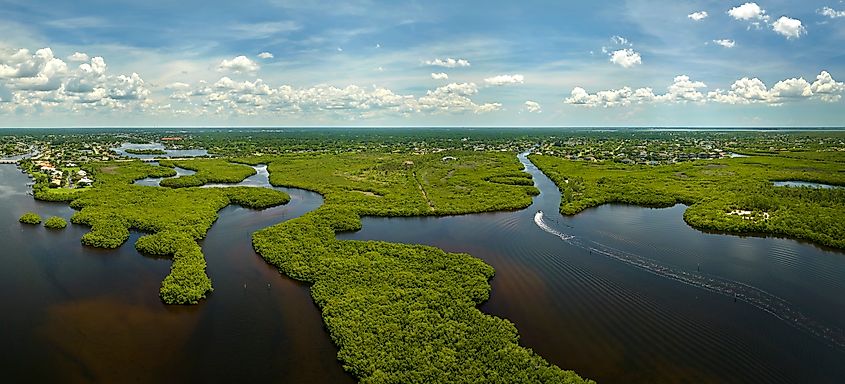
The Florida Everglades is acclaimed both domestically and globally. It is the third-largest national park in the contiguous United States, as well as the nation's largest subtropical wilderness. At nearly three million acres (including Everglades National Park, Big Cypress National Preserve, and three water conservation areas), it constitutes one of the largest wetlands in the world. Along with its federal protections, the Everglades is also a UNESCO World Heritage Site, an International Biosphere Reserve, a Wetland of International Importance, and this region is included in the Convention for the Protection and Development of the Marine Environment of the Wider Caribbean Area (better known as the "Cartagena Treaty").
This environmental sanctuary houses 30 threatened or endangered species and greatly benefits humanity - first and foremost, the residents of southern Florida, but the global community as well. Most of the drinking water for the over 9 million nearby residents is supplied by the Everglades. This region also acts as a buffer against the major hurricanes that regularly slam the Sunshine State, and as is the case with all wetlands, it is an effective "carbon bank" - able to sequester vast amounts of greenhouse gas (but also release it when destroyed by drought-related fires and/or urban developments).
Conserving the Everglades' Unique Biodiversity
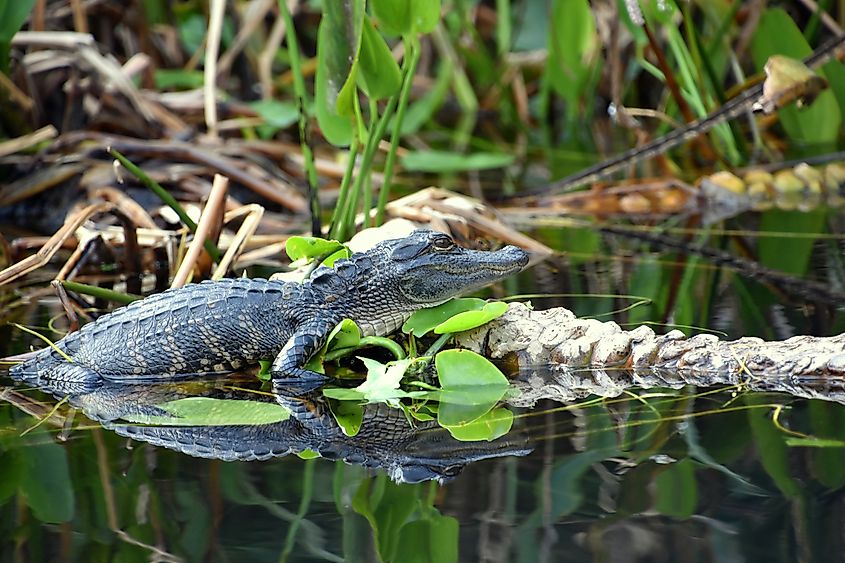
As massive as the Everglades is, prior to the 20th century, the "River of Grass" had nearly double the coverage (i.e. six-million acres). Agriculture-driven water diversions and other modern forces have done a number on this unique ecosystem. Given that Florida is the third-most populous state, and with the exception of South Carolina, the fastest-growing, these anthropogenic stressors continue to mount.
Another indirect but still human-driven harm currently befalling the Everglades is the rampant outbreaks of invasive species. The most notorious offender is, by far, the Burmese python, but there are also documented cases of anacondas in the Everglades (and maybe even a cobra or two). These powerful constrictors thrive in the novel yet familiar environment and have risen to apex predator status - overwhelming native populations of mammals, in particular. We must appreciate the fragile gift that is the Florida Everglades and continue all efforts to maintain and restore it. Not just for the sake of the Florida panther, American crocodile, and West Indian manatee, but for ourselves.

